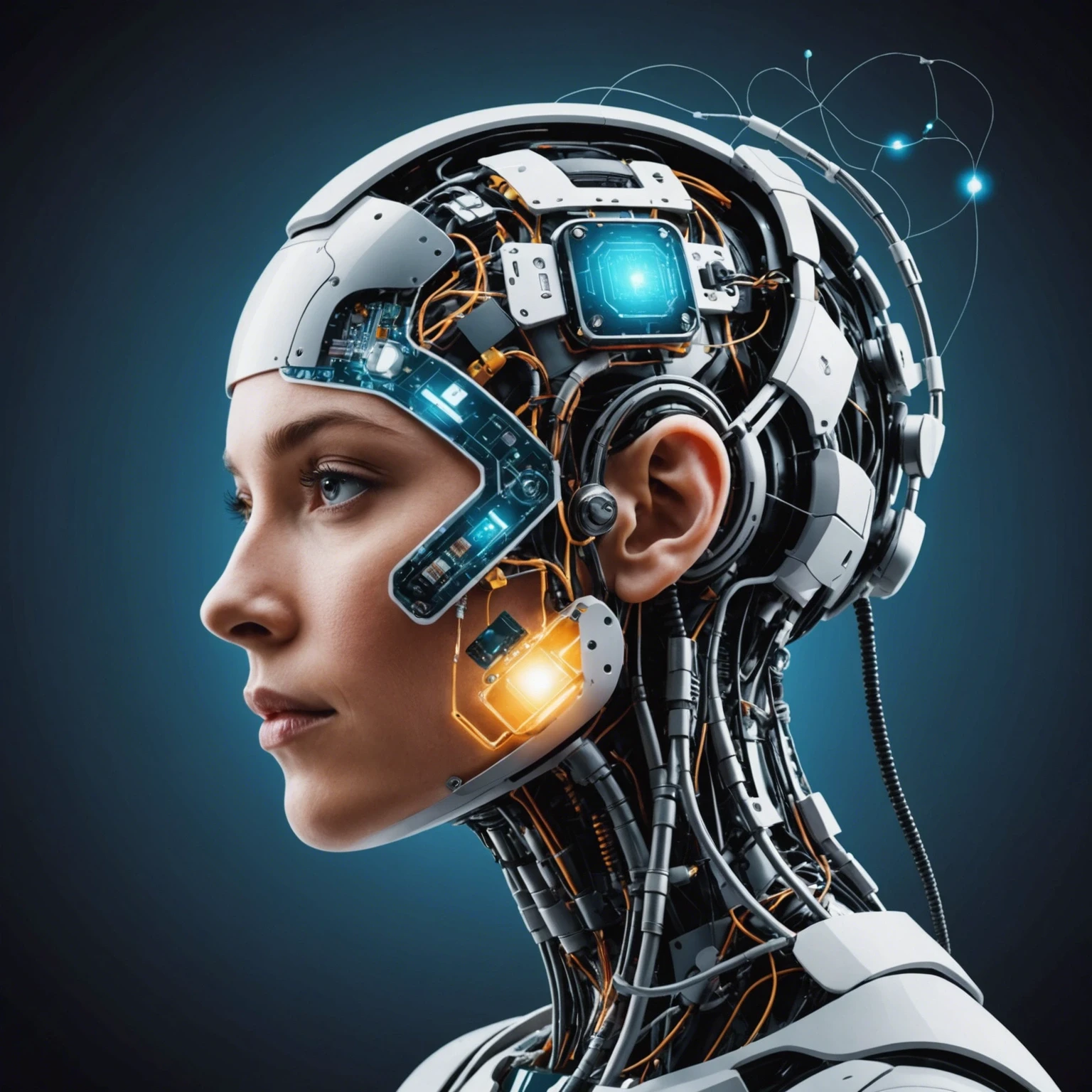Digital Advertising's Bright Future: The Promise of AI Innovation
Apr 15, 2023

Introduction:
Artificial Intelligence (AI) has become an increasingly prevalent topic in our modern world. From self-driving cars to virtual assistants, AI has made significant advancements in various fields. One of the most intriguing questions surrounding AI is whether it can think creatively. Can a machine truly possess the ability to create, innovate, and come up with original ideas? This topic is important as it has implications for the future of AI and its potential impact on society. In this blog post, we will explore the potential and limitations of AI in creative thinking, and discuss the key issues and debates surrounding this topic.
Key Issues and Debates:
The idea of AI being able to think creatively has been a subject of debate for decades. Some argue that creativity is a uniquely human trait and cannot be replicated by machines. They believe that creativity is the result of complex human emotions, experiences, and consciousness, which cannot be programmed into a machine. On the other hand, proponents of AI argue that with advancements in technology, machines are becoming more sophisticated and capable of mimicking human cognitive processes, including creativity.
One of the main issues in the debate is the definition of creativity itself. What exactly is creativity, and can it be measured? Some define creativity as the ability to come up with new and original ideas, while others believe it is the ability to solve problems in a novel way. This ambiguity in the definition makes it difficult to assess whether AI can truly think creatively.
Another key issue is the role of data in AI creativity. AI systems are trained on massive amounts of data, which they use to make decisions and generate outputs. While this may result in impressive and seemingly creative outcomes, it raises questions about the authenticity of the creativity. Can a machine be truly creative if it is only drawing from existing data and patterns? This leads to the argument that AI may be limited in its ability to come up with truly original ideas.
Practical Implications and Recommendations:
The potential of AI to think creatively has significant practical implications. In fields such as art, music, and design, AI has already shown its ability to create original pieces. This can be beneficial for artists and designers who may use AI as a tool to enhance their own creative process. However, there is also the fear that AI could replace human creativity, leading to job displacement and a loss of human touch in creative fields.
In the business world, AI’s ability to generate new ideas and solutions can be leveraged to enhance decision-making and problem-solving processes. However, it is important to note that AI may not always take into account ethical and moral considerations, which are crucial in creative decision-making. Therefore, it is essential for organizations to have human oversight and expertise when using AI in creative processes.
Recommendations for readers include staying informed and educated about AI advancements, as well as being aware of the potential implications and limitations of AI in creative thinking. It is also important to continue exploring the ethical and moral implications of AI, and to ensure that humans remain in control of the decision-making process.
Conclusion:
In conclusion, the debate on whether AI can think creatively is ongoing, with valid arguments on both sides. While AI has shown impressive capabilities in generating original ideas and solutions, there are limitations and concerns surrounding the authenticity of its creativity. As AI continues to advance, it is crucial for us to carefully consider its potential and limitations, and to ensure that it is used ethically and responsibly. Further research and discussions on this topic are necessary to fully understand the role of AI in creativity and its impact on society. With the right approach, AI can be a valuable tool in enhancing human creativity and problem-solving abilities.